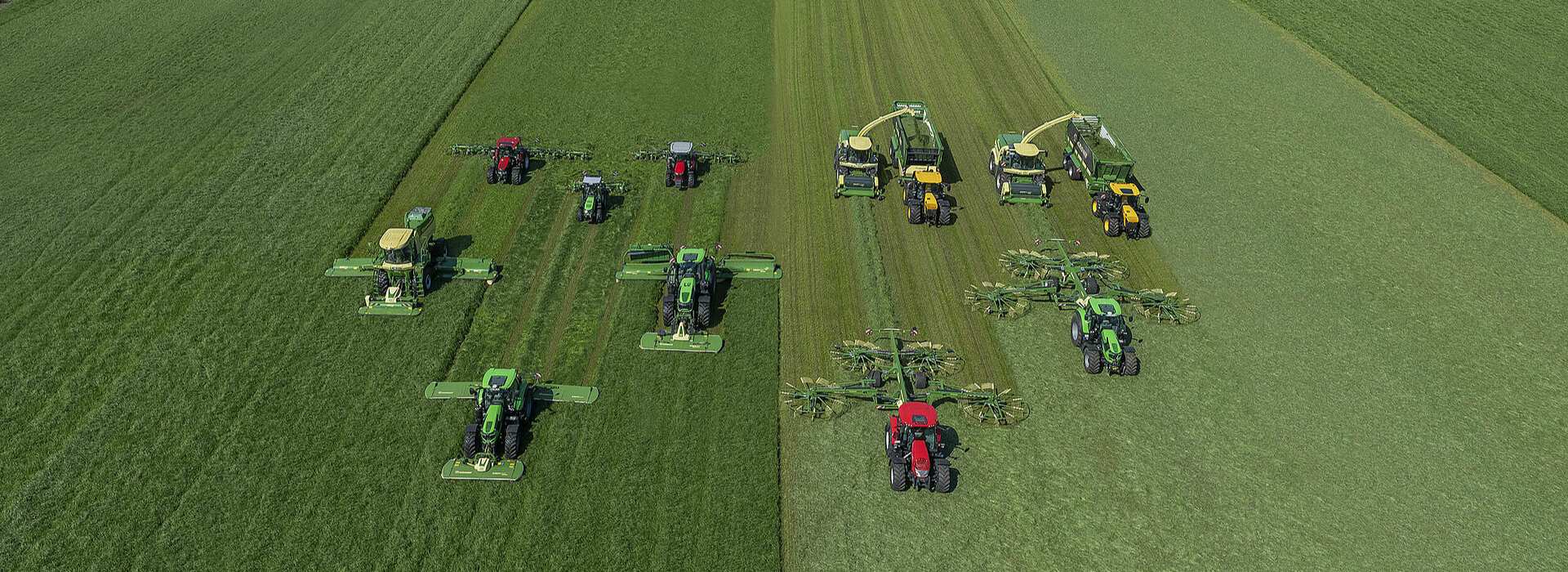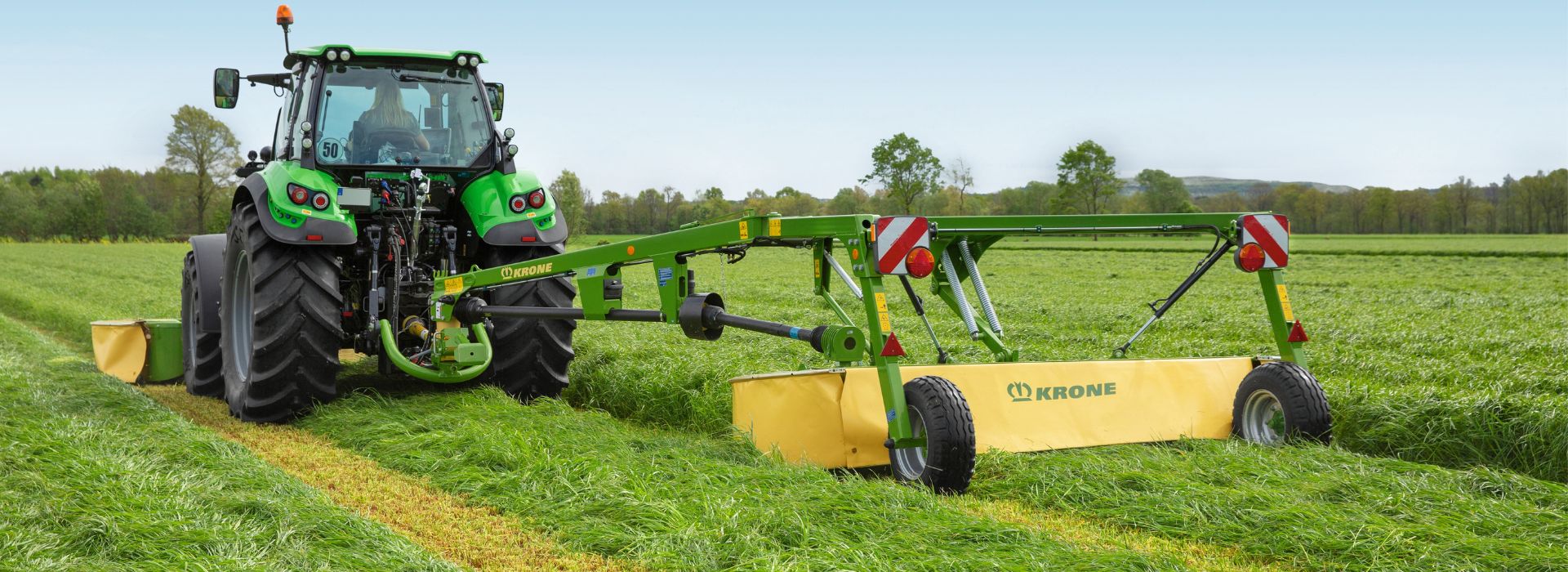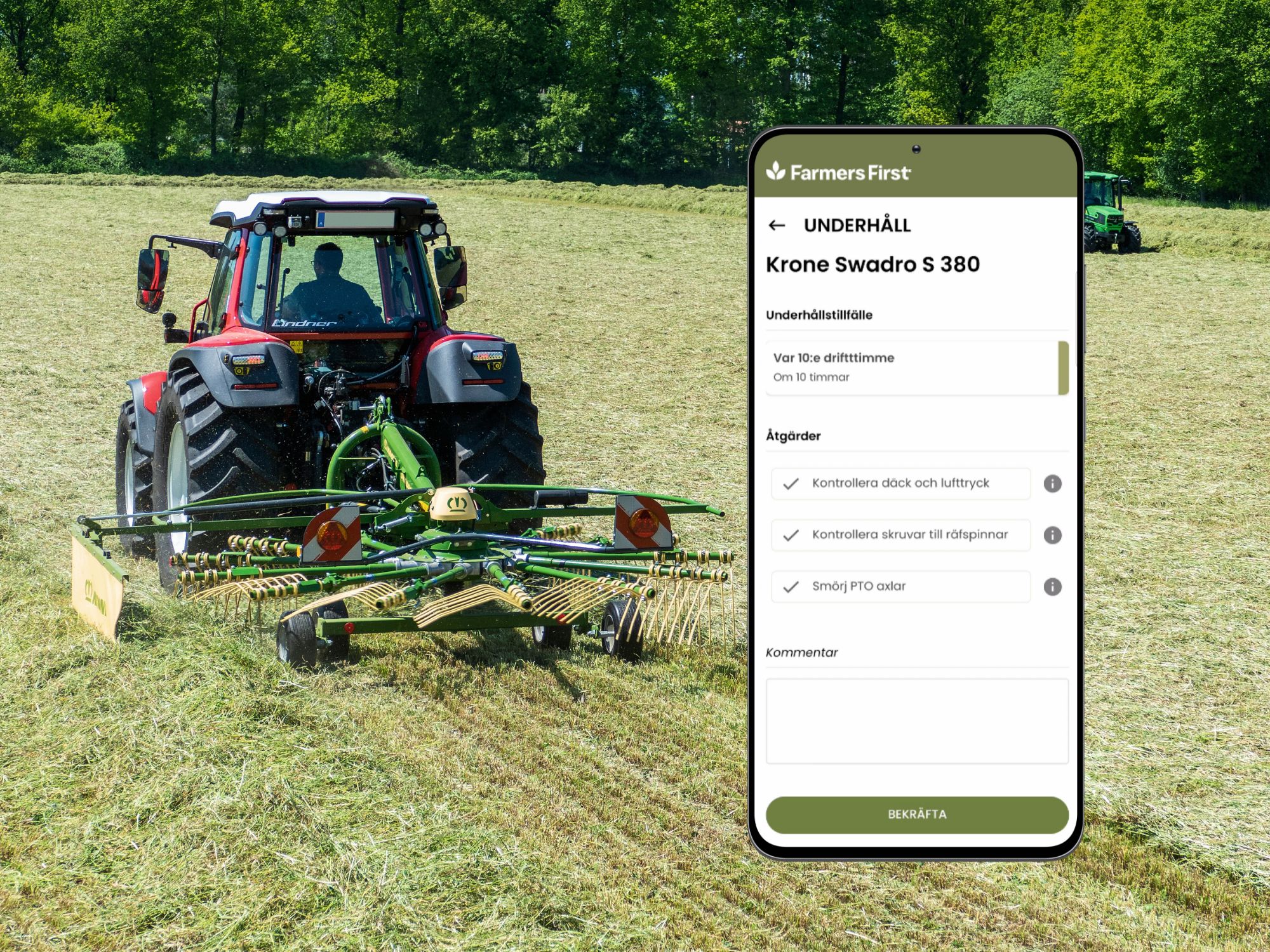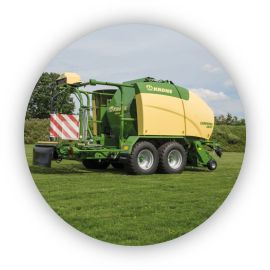
Choosing forage machinery
When it comes to the machinery chain, there is often talk of capacity, precision, and timeliness. The machinery chain significantly impacts the accuracy of various work processes, including waste, harvest volume, and forage quality concerning factors like nutritional value, moisture content, cleanliness, and palatability. Evaluating each step from mowing to storage can help identify strengths and weaknesses in your machinery chain. It's important to find the right combination of equipment in terms of size and specifications.





